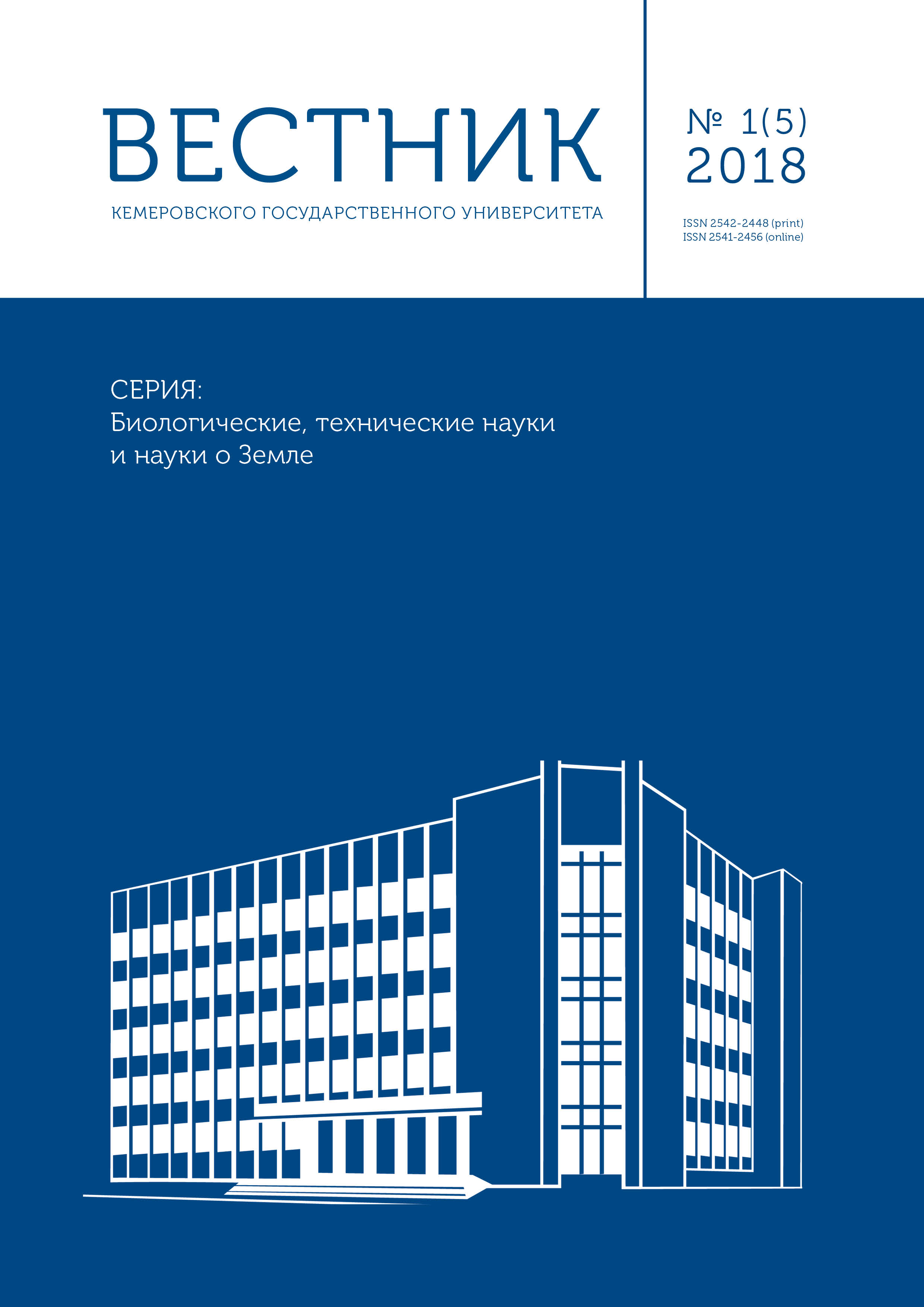Natural complexes of the Kemerovo region in the conditions of modern technogenesis, associated with the development of mining in the region, are subject to significant transformation, or replaced by man-made ones. Newly formed dump-quarry landscapes, which are territories with alternate pit openings of various depths with heaps of various configurations and heights, have a specific structure, the composition of the enclosing rocks, which under these conditions will be the parent soil-forming ones. The heterogeneity of the relief and the chaotic lithological composition of the underlying rocks determine the formation of various physical and hydrothermal conditions, which is reflected in the course and direction of the succession processes. When systematizing soils of man-made landscapes, it is necessary to take into account their ecological and biological essence, reflecting the interrelationship between plants, soils and the environment. In these areas, the succession processes of formation of vegetation cover and soils occur under natural conditions, but are limited by the factors of technopedogenesis. The basis of the soil cover of man-made landscapes in the southern foreststeppe of the Kemerovo Region consists of initial, organ-accumulative, sod and humus-accumulative embryosemes. Diagnosis of the development of soil-forming processes in them is possible only according to the functions of the genetic horizons of the organogenic part of the soil profile, which makes it possible to predict not only the genesis of soils, but also the direction of restoration of biocenotic processes in a specific technogenic landscape.
technogenic landscapes, soil-forming processes, embryozems, plant groupings, techno-pedogenesis















